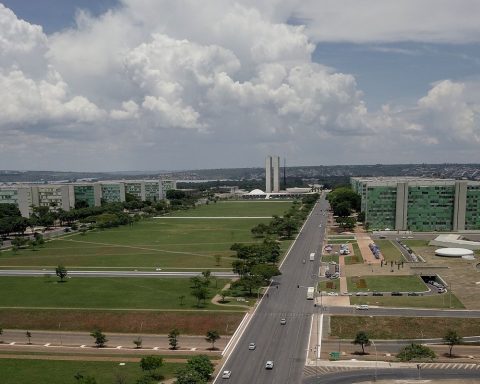As the country appears to be close to overcoming the third wave of the coronavirus, cases of influenza They are increasing rapidly, which is currently worrying the health authorities.
According to experts, cases of flu during the summer are very atypical, since the influenzamostly, occurs when the cold arrives: in autumn and winter.
Even with the arrival of the pandemic, infections by influenza remained mostly down. Despite this, this year the cases have increased, especially in minors.
Only during the first 6 weeks of this year the National Health Surveillance System of the National Health portfolio, registered 166 cases of influenzaof which 99% corresponded to subtype A H3N2 and the remaining 1% to subtype A H1N1.

In this regard, Teresa Varela, director of Epidemiological Surveillance and control of outbreaks of the Ministry of Health of the province of Buenos Aires, pointed out that the flu cases have come forward.
The districts with the most positive cases are: the province of Buenos Aires, Salta, Santa Fe, Tucumán and the City of Buenos Aires. In addition, the cases were recorded mostly in children under 5 years of age.

Like SARS-CoV-2, the influenza It is a virus that mainly affects the respiratory tract. and it has a high level of transmission, which is why it has spread so much in recent weeks.
What are the symptoms of influenza
The influenza It can be identified by presenting symptoms such as: fever, headache, weakness, cough, sore throat and nasal congestion, which are also compatible with covid and the common cold.

However, experts point out that the biggest difference is that these signals can be more intense or sharp.
The positive thing is that the biosecurity measures treated for the coronavirus also serve to avoid contagion of flusuch as the use of the chinstrap, physical distancing and hand washing.

Although generally the influenza it is not serious, high temperature and respiratory difficulties are considered warning signs, since they can be associated with pneumonia.

















